Breaking News


Popular News

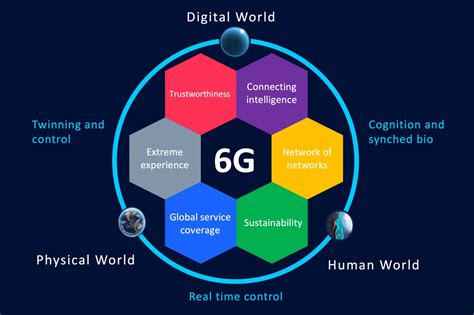
Discover the evolution, need, potential applications, technical challenges, and global development of 6G technology in this comprehensive blog post.In the ever-evolving world of technology, the next big leap in wireless communication is already on the horizon. As we prepare for the widespread implementation of 5G technology, researchers and industry leaders are already looking ahead to the future with the development of 6G. In this blog post, we will delve into the concept of 6G technology and explore its potential impact on various aspects of our lives.
From the evolution of wireless technology to the global development of 6G, we will examine the need for this next generation of wireless communication, as well as the potential applications and technical challenges it presents. As we continue to push the boundaries of what is possible in the realm of wireless communication, understanding the implications and possibilities of 6G technology is crucial. So, join us as we embark on a journey to uncover the exciting world of the sixth generation of wireless technology.
Contents
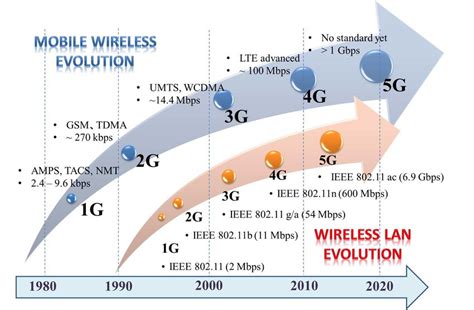
Wireless technology has come a long way since its inception, with advancements in communication shaping the evolution of this field. From the early days of radio and telegraph systems to the development of cellular networks, the evolution of wireless technology has been driven by the need for faster, more reliable, and efficient communication.
One of the key milestones in the evolution of wireless technology was the introduction of 1G, or first-generation, cellular networks in the 1980s. This allowed for basic voice communication and was followed by the rollout of 2G, which introduced digital voice and text messaging capabilities. The subsequent development of 3G and 4G networks brought enhanced data transmission speeds and paved the way for mobile internet access and a wide range of applications.
The latest standard in wireless technology is 5G, which offers even faster data transfer rates, lower latency, and the potential to support a myriad of connected devices in the emerging Internet of Things (IoT) ecosystem. The evolution of wireless technology has truly revolutionized the way we communicate, work, and live, and there is no doubt that it will continue to shape our future in unprecedented ways.

Need for 6G Technology
Need for 6G Technology
The constant evolution of technology has led to an ever-increasing demand for faster and more reliable wireless communication. With the advent of 5G technology, the world has witnessed significant advancements in mobile connectivity and data transfer speeds. However, as the demand for high-speed internet and low-latency communication continues to grow, there is an urgent need for the development of 6G technology.
With the proliferation of Internet of Things (IoT) devices, autonomous vehicles, and smart cities, the existing wireless infrastructure is reaching its limits. The need for 6G technology arises from the requirement for even faster data speeds, greater network capacity, and improved reliability. As the volume of data traffic continues to surge, especially in urban areas, the current wireless networks are struggling to keep up with the demand.
Furthermore, the deployment of 6G technology is essential for supporting emerging technologies such as holographic display, remote surgery, and immersive virtual reality experiences. These applications require ultra-high-speed connectivity and ultra-low latency, which can only be achieved through the development of 6G technology. Therefore, the need for 6G technology is not just a luxury but a necessity for catering to the evolving demands of the digital age.
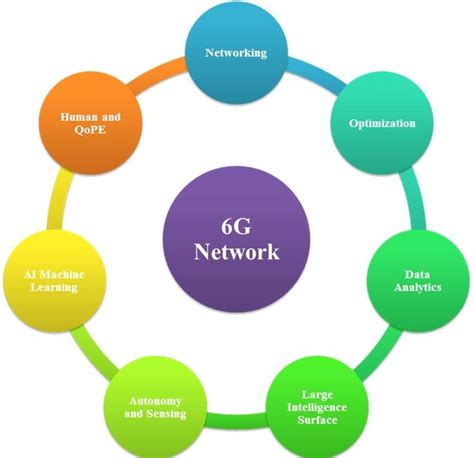
The potential applications of 6G technology are vast and diverse, with the potential to revolutionize numerous industries and aspects of daily life. One potential application is in the realm of augmented reality (AR) and virtual reality (VR). With the increased data speeds and low latency offered by 6G, AR and VR experiences could become even more immersive and lifelike, opening up new possibilities for entertainment, gaming, and remote collaboration.
In addition, 6G has the potential to significantly impact the healthcare industry. The low latency and reliable connectivity of 6G could enable remote surgery, telemedicine, and advanced medical diagnostics to be conducted with greater precision and efficiency, regardless of geographical distance.
Beyond entertainment and healthcare, 6G technology could also transform manufacturing processes through connected smart factories and autonomous systems. With the ability to support a massive number of IoT devices and enhanced automation capabilities, 6G could enable seamless coordination and optimization of manufacturing operations, leading to improved productivity and cost efficiency.
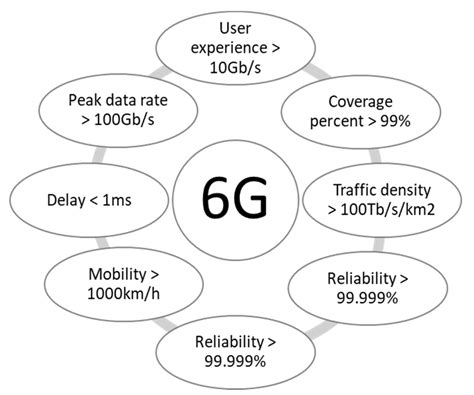
As the world eagerly awaits the arrival of 6G technology, it is important to consider the technical challenges that come with the development of this next generation wireless technology. One of the key challenges that engineers and developers will face is the need to create a network that can support massive amounts of data traffic. With the proliferation of Internet of Things (IoT) devices and the increasing demand for high-definition video streaming, 6G networks will need to be capable of handling vastly greater amounts of data than current 5G networks.
Furthermore, another significant challenge is the development of new technologies to support ultra-low latency communication. 6G is expected to enable real-time communication in applications such as autonomous vehicles and remote surgery, which require extremely low latency to operate safely and effectively. This will require the implementation of advanced signal processing and communication protocols to ensure minimal delay in data transmission.
Lastly, another important technical challenge of 6G is the need for energy-efficient communication technologies. As the demand for wireless connectivity continues to grow, there is a need for sustainable and environmentally friendly solutions to power the 6G network infrastructure. Engineers will need to develop innovative approaches to reduce power consumption and optimize energy usage in order to support the massive scale of 6G deployment.
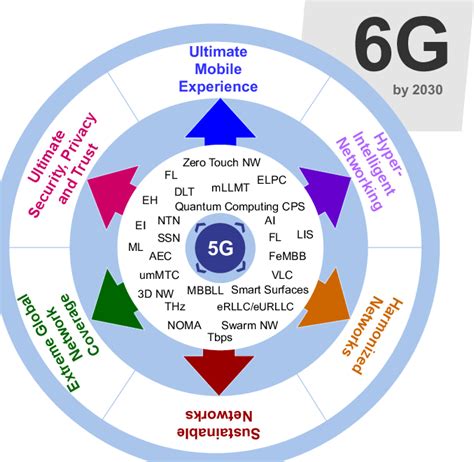
Global Development of 6G
Global Development of 6G
6G technology is the next advancement in wireless communication, building upon the foundation established by 5G. As 6G technology continues to develop, it is important to consider the global impact and the role of countries in its advancement. The global development of 6G is crucial in shaping the future of wireless technology and its applications across various industries.
Several countries are actively participating in the development of 6G technology, recognizing its potential to revolutionize communication and connectivity. China, for example, has made significant investments in 6G research and development, aiming to take a leading role in shaping the future of wireless technology. The United States has also been proactive in exploring the possibilities of 6G and is working towards establishing its presence in the global 6G landscape.
Global collaboration and partnerships are essential for the successful development and deployment of 6G technology. As countries work together to innovate and create new technological solutions, the global development of 6G will pave the way for a more interconnected and advanced society. With a focus on international cooperation, the future of 6G technology holds the potential to benefit people and industries worldwide.

What is 6G?
6G refers to the sixth generation of wireless technology, which is expected to succeed 5G in the future. It aims to provide even faster and more reliable internet connectivity, with potential applications in areas such as augmented reality, virtual reality, and holographic communication.
How does 6G differ from 5G?
6G is expected to offer significantly faster data speeds and lower latency compared to 5G. It may also incorporate new technologies such as terahertz frequency bands and advanced antenna systems to further enhance connectivity.
When will 6G be available?
6G technology is still in the early stages of research and development, and is not expected to be widely available for at least another decade. However, various companies and research institutions are already exploring the potential capabilities of 6G.
What are the potential applications of 6G?
6G could enable groundbreaking applications such as real-time holographic communication, advanced remote surgery, seamless virtual reality experiences, and highly detailed augmented reality overlays in various industries.
Are there any concerns about 6G?
As with any new technology, there may be concerns about the potential health effects of increased exposure to higher frequency radio waves and electromagnetic fields. Additionally, there may be security and privacy implications to consider.
Which companies are involved in developing 6G?
Several companies and research institutions around the world are involved in the research and development of 6G technology, including Nokia, Samsung, Huawei, and various academic institutions.
What are the challenges in deploying 6G?
Deploying 6G will require significant advancements in hardware, infrastructure, and spectrum availability. There will also be regulatory and standardization challenges to overcome before 6G can become a reality.